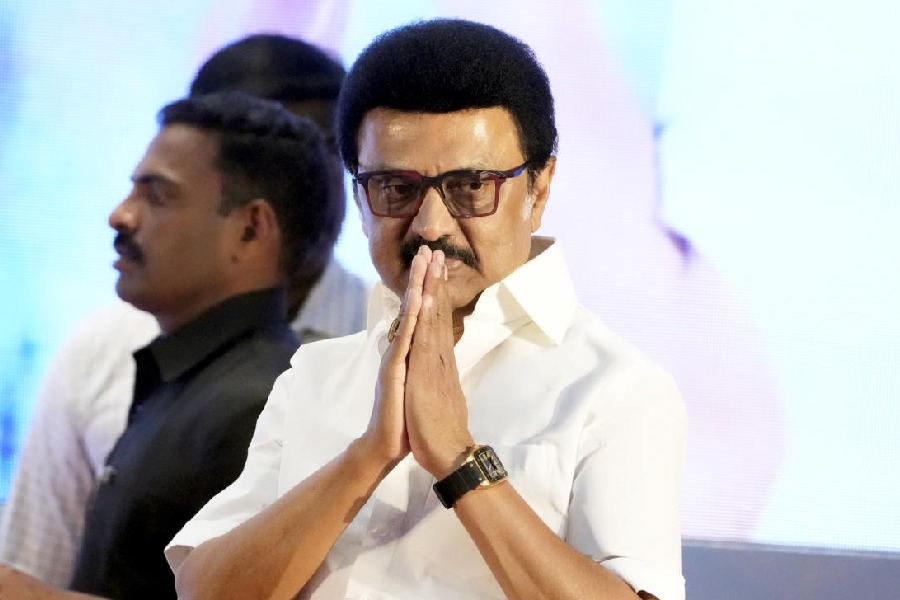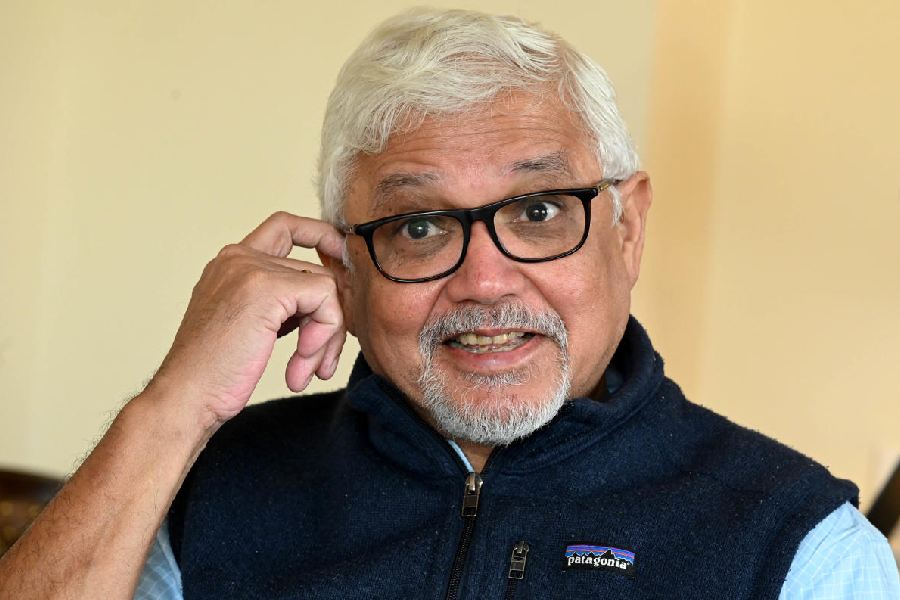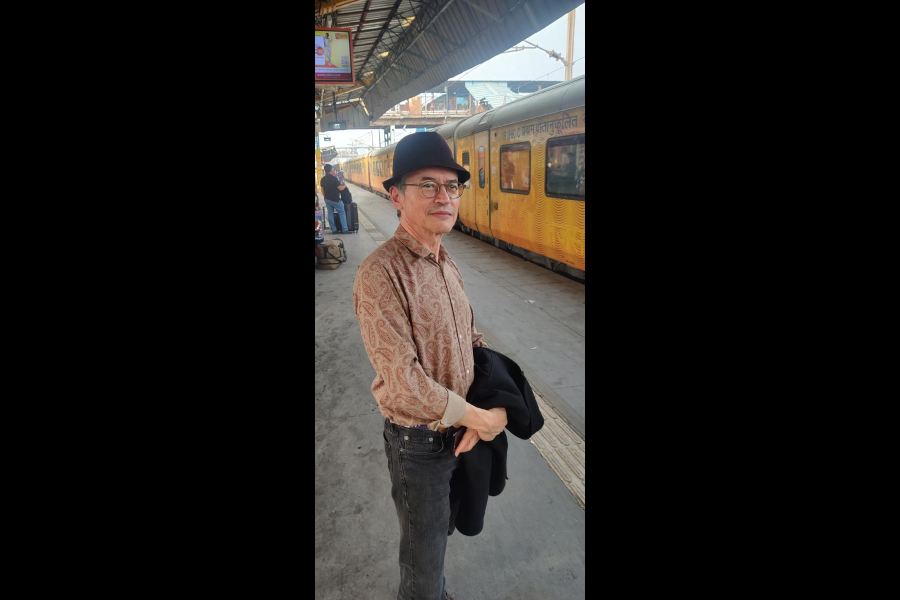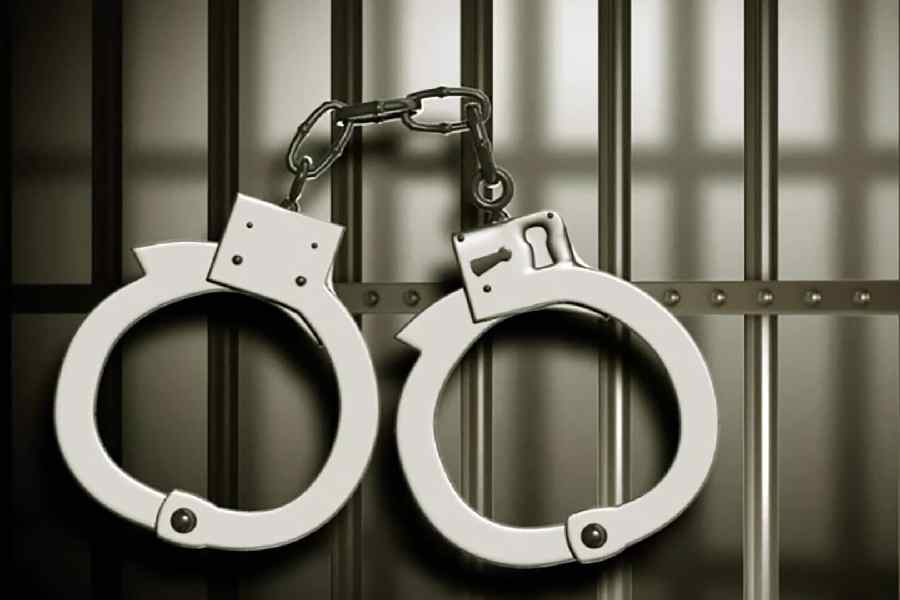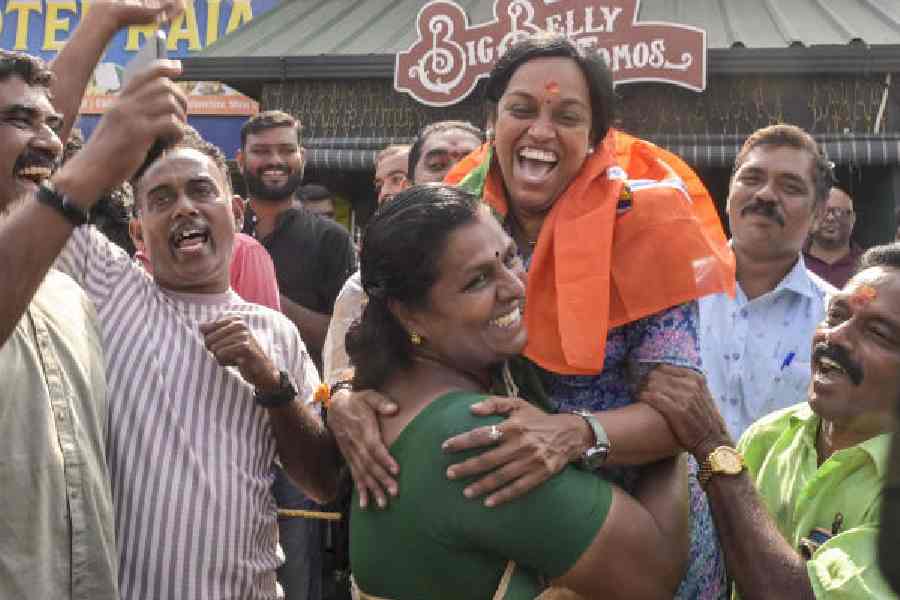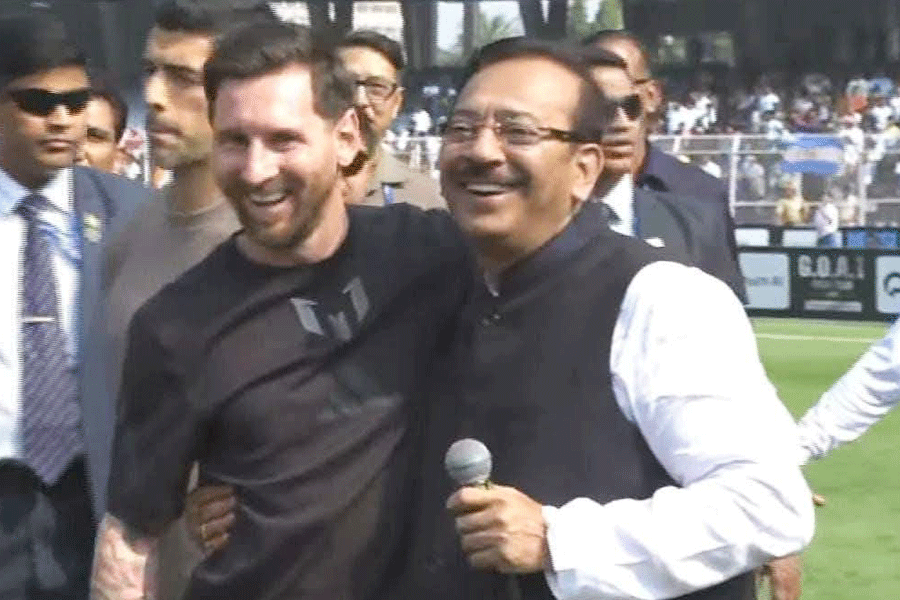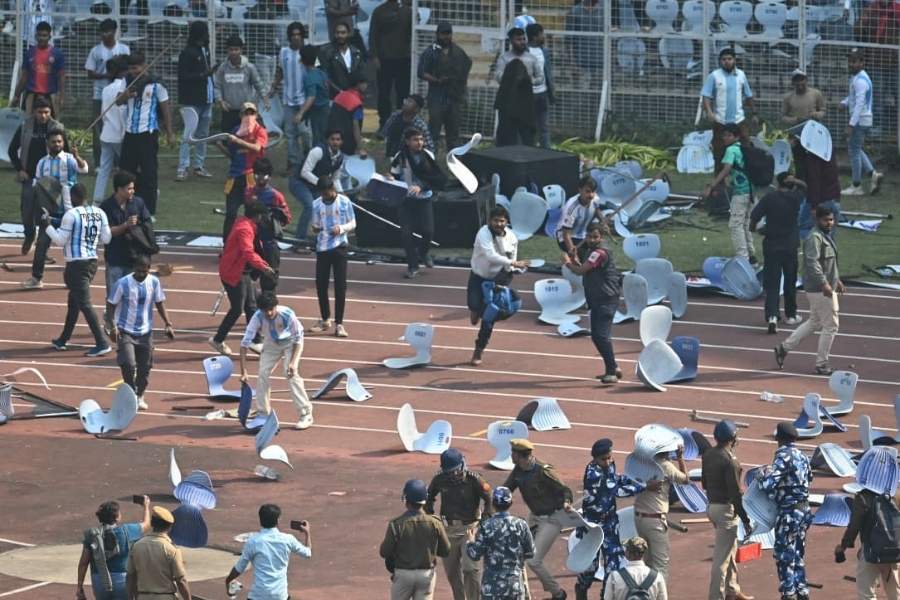Tamil Nadu chief minister M.K. Stalin, a staunch critic of the Centre’s language policy, claims Hindi has “swallowed” at least 19 north and central Indian languages.
Any direct or indirect evidence of that must await the next population census. However, figures from an official report of 2018 do suggest a trend of younger generations from certain heartland-based linguistic groups identifying as Hindi speakers in the 1990s and 2000s, even before the Narendra Modi government’s perceived Hindi push. (See chart)
According to the report, “Language: India, State and Union Territories”, compiled by the Registrar-General of India and based on population census data, the share of native Hindi speakers rose from 39.29 per cent of the population in 1991 to 43.63 per cent in 2011.
During the same period, the proportions of the native speakers of Urdu, Bengali and Tamil decreased.

One possible explanation is a sharper rise in the population of Hindi speakers rather than the children of Bengali or Tamil speakers identifying as Hindi speakers.
However, experts underlined an aspect of the figures that is consistent with the idea that a segment of speakers of at least some heartland languages like Magahi and Maithili might be increasingly identifying as Hindi speakers.
Both Magahi — spoken in parts of Bihar, Jharkhand and Bengal — and Maithili find mention in Stalin’s tweet. The 2018 report shows the shares of Magahi speakers declining between 1991 and 2011, and that of Maithili speakers falling after 2001.
Maithili and Magahi are both subsumed, along with 54 other tongues, as dialects under an overarching Hindi language in the census figures and the 2018 report. However, the individual figures relating to each of these 56 dialects, as well as that of standard (non-dialect) Hindi, are separately enumerated.
Karthick Narayanan, a linguist who researches the minor Indian languages, flagged the contrast between the overall rise in the percentage of Hindi speakers and the fall in the proportions of Magahi and Maithili speakers.
“If Magahi, Urdu and Maithili speakers in terms of their population share have decreased, it’s because a section of people (from these linguistic communities) have identified the dominant language Hindi as their mother tongue,” he said.
“After they identify Hindi as the mother tongue, they slowly start using the language in their conversation too. That leads to a weakening of (their original) language.”
Narayanan rejected the idea that the changes in the percentages of native speakers were a result of differential rates of population rise, stressing that Maithili, Magahi, Urdu and Hindi shared the same demography and should therefore exhibit similar
fertility rates.
Some experts frowned on the practice of labelling Magahi and 55 other languages as dialects of Hindi, saying this was “reductionist” and encouraged speakers of these tongues to increasingly identify as Hindi speakers.
“Most of these languages are independent languages with different grammar, sentence structure and vocabulary,” said Anvita Abbi, a retired JNU linguistics professor and member of the expert committee of Unesco’s World Atlas of Languages.
“For example, Brajbhasha has a huge literature of its own. Hindi was known as Khadiboli – which has now become bhasha while Brajbhasha has become its dialect.”
Abbi said Hindi had picked up in a big way in the last 20-30 years for reasons of job opportunities and intra-country mobility as well as the sense of social cohesion that speaking a common language offers.
“You can’t go hungry if you know Hindi, which is not the case with other languages. The wider use of Hindi has at times motivated people to forget their indigenous languages,” she said.
An academic who did not wish to be identified cited another reason for the trend. He said his mother tongue was Magahi but the only medium of instruction in the schools in his pocket of Bihar was Hindi.
“Some kind of acquaintance with Hindi develops in this process. As the children grow, many see a sense of prestige in Hindi and identify their mother tongue as Hindi. The Magahi language is suffering in this process,” he said.
Academic Panchanan Mohanty, retired professor of linguistics from the Central University of Hyderabad, said that some of the 56 “dialects” of Hindi were actually independent languages.
“For example, Bhojpuri with its over 5 crore speakers is a language in its own right like Maithili, which has 1.36 crore speakers,” Mohanty said.
“The issue of language and dialect is a political and administrative one and various governments decide on it based on their goals.”
According to the 2018 report, India was home to 1,369 mother tongues in 2011. Of these the 22 scheduled languages, including Hindi, accounted for 96.71 per cent of the population while the remaining 1,347 languages accounted for 3.29 per cent.
Of the 52.83 crore Hindi speakers in 2011, some 32.22 crore spoke standard Hindi while 20.61 crore spoke the 56 dialects.

